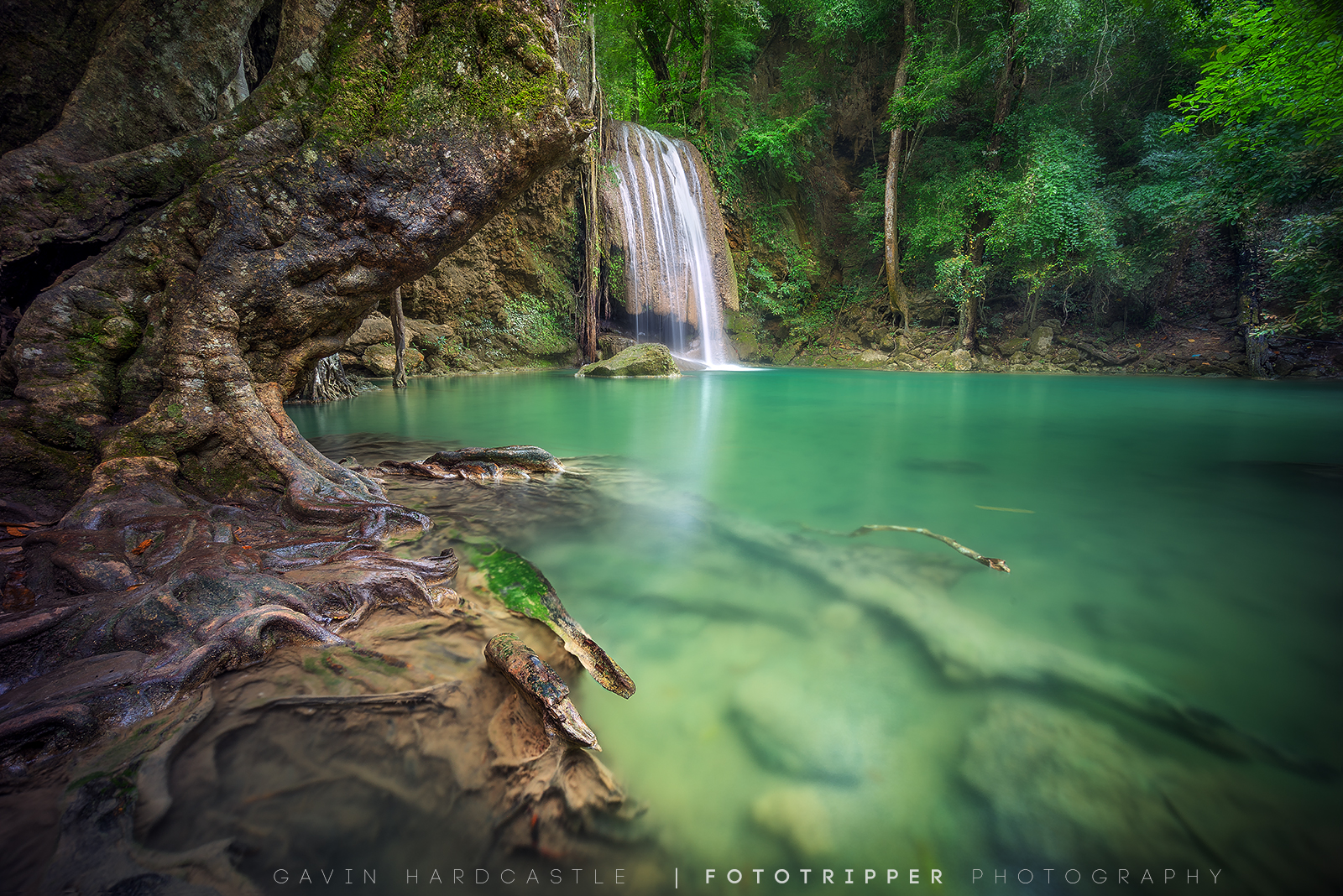Cao News Hub
Your daily source for trending news and informative articles.
Chasing Shadows: The Hidden Secrets of Landscape Photography
Uncover the secret techniques to stunning landscape photography and learn to capture the beauty that often goes unnoticed.
The Art of Composition: Key Techniques for Stunning Landscape Photography
The **art of composition** is fundamental in achieving stunning landscape photography. One key technique is the **rule of thirds**, which involves dividing the frame into a 3x3 grid. By placing focal points along these lines or at their intersections, photographers can create a balanced and dynamic image. Additionally, incorporating leading lines can guide viewers’ eyes through the photograph, making the landscape feel more immersive. For example, a winding river or a path nestled between trees can effectively draw attention to the main subject and enhance the overall visual impact.
Another vital technique to master in the **art of composition** is **framing**. Utilizing natural elements, such as overhanging branches or rock formations, can create a frame within the frame, providing depth and context to your landscape image. Moreover, don't underestimate the power of perspective; varying your shooting angle can dramatically change the feel of a scene. Experimenting with foreground interest, such as flowers or stones, can also add layers to your photograph, making it more engaging. Remember, the key is to combine these techniques thoughtfully to evoke emotion and convey the beauty of the landscape.

Natural Light and Its Impact: How to Capture the Perfect Moment
Natural light is a powerful tool for photographers and content creators alike. Harnessing this dynamic resource can change the way a moment is captured, enhancing the emotional depth and clarity of an image. The time of day significantly influences the quality of natural light; the golden hour, just after sunrise and before sunset, offers a soft, warm glow that can create breathtaking scenes. Understanding how to position yourself and your subject can lead to extraordinary results. Experimenting with different angles and compositions while utilizing the available light can make all the difference in capturing the perfect moment.
When it comes to capturing the perfect moment, consider the following tips:
- Observe the light: Pay attention to how it changes throughout the day and how it interacts with your subject.
- Use reflectors: These can help soften harsh shadows and bring out details in your subject.
- Adjust your settings: Be ready to alter your camera settings as the light changes, ensuring the best possible exposure.
Behind the Lens: What Every Aspiring Landscape Photographer Needs to Know
Behind the Lens: Aspiring landscape photographers must first understand the fundamental elements that contribute to stunning imagery. One of the key aspects to consider is composition. Applying principles like the rule of thirds can dramatically enhance the visual impact of your photographs. Additionally, pay attention to lighting—the golden hours of sunrise and sunset offer soft, warm tones that can elevate an otherwise ordinary scene. Practice using your camera settings to manipulate exposure, aperture, and shutter speed, ensuring you capture the essence of the landscape you are photographing.
Another vital topic for budding photographers is the importance of equipment. While it's true that you don't need the most expensive gear to take exceptional photos, having a decent tripod is essential for stability, especially in low-light conditions. A wide-angle lens can also be advantageous, allowing you to capture a more expansive view of the landscape. Lastly, don't underestimate the power of post-processing—the right software can turn a good photo into a spectacular one. Remember, the journey of mastering landscape photography involves both practice and continual learning!